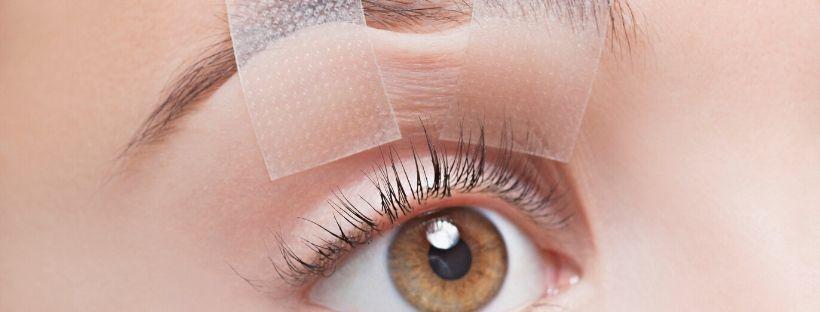
Droopy Eyelids After Botox

Botox has become one of the most popular cosmetic procedures. Although it is a quick and easy procedure, you can get bad results when Botox is not injected properly. For instance, Some patients after botox have a droopy eyelid, and they don’t know how long does it last. Today many medical professionals have jumped on the Botox bandwagon, offering treatments to their patients. With this increase in the number of practitioners using Botox and the variable skill levels of those practitioners, you will see more and more cosmetic issues, and, in some cases, even medical complications resulting from those less than expert treatments.
The eyebrows and eyelids are such prominent facial features. They help us express our emotions and act as frames for our eyes. Performing Botox injections requires experience and knowledge of facial anatomy. People have variable facial muscle movements. So the practitioner has to make educated decisions about, who is the good candidate for injection, where to inject Botox, and the proper depth to avoid migration of the botulinum toxin into undesired area.
Small but Strong…
True eyelid ptosis is a very rare complication following Botox injection. This occurs as a result of migration of the toxin into the muscle that raises the eyelid (levator palpebrae superioris muscle – pink in the picture).
A slight miscalculation, like making the injection too low in the forehead muscle, can cause eyelid drooping after Botox. If the neurotoxin is injected too close to this small muscle, it will be weakened and the eyelid cannot be opened. This starts showing 2-4 days after injection but is more pronounced after 2 weeks when Botox takes full effect. Again, this is an extremely rare complication for inexperienced cosmetic injections.

I just wanted to get rid of the horizontal lines!
 There is another important muscle which can raise the eyebrows called the frontalis muscle. This muscle is made of two large fanlike fibers which extend from the eyebrows to the top of the forehead.
There is another important muscle which can raise the eyebrows called the frontalis muscle. This muscle is made of two large fanlike fibers which extend from the eyebrows to the top of the forehead.
With aging, usually around the 4th decade of age, the upper eyelid skin begins to sag and becomes folded over. Young women have a good eye shelf; which is a distinct space above the eyelashes and the normal eyelid crease, where they can apply the eye shadow. With aging process, this eye shelf disappears and is concealed by redundant upper eyelid skin.
As a defense mechanism, these women will raise their brows subconsciously to combat the sagging eyelids and to improve the field of vision. They usually keep them raised all the time without even thinking about it. They are simply depending on the frontalis muscle to elevate their eyebrows! The problem is that they use the frontalis muscles to do so; and unfortunately this will accelerates the formation of horizontal forehead wrinkles.
When inexperienced Botox practitioners try to smoothen all the forehead lines with Botox and don’t understand why those lines are there to begin with, they unintentionally cause the eyebrows to collapse into the eyelid space and make those lids look very heavy. Actually is not a true ptosis, but it occurs due to decreased function of the frontalis muscle after Botox injection. The best treatment option for such cases is cosmetic eyelid surgery ‘’blepharoplasty’’ to take off all redundant eyelid skin.

Can the drooping be fixed?
Reversing this problem requires 3-4 months for the Botoxto wear off. However, some prescribed medications can be helpful and cause a temporary raise in a dropping eyelid caused by Botox. This can be useful in camouflaging the eyelid droop until the Botoxeffect decides.
Botoxis actually a wonderful treatment for many types of facial cosmetic issues. But, it is important to identify the qualifications and level of experience of your injector. In general, the more experience someone has, the better injector they usually become. Possessing a background in facial anatomy and aesthetics along with valuable experience tends to result in the best outcomes for patients.
Want to be treated by anexperienced injector?
You Might Also Enjoy...


Rejuvenate Naturally: Everything You Need to Know About Sculptra for the Face

Semaglutide vs. Tirzepatide: A Comprehensive Comparison for Weight Loss and Diabetes Management

Vampire Wing Lift: The Ultimate Solution for Enhancing Female Intimate Health

The O-Shot: Enhancing Intimacy, Vitality, and Urinary Health

